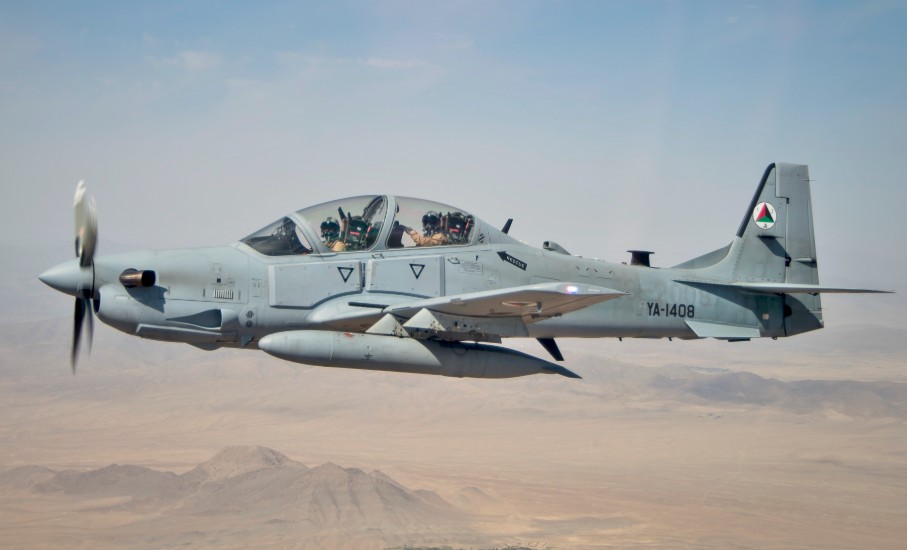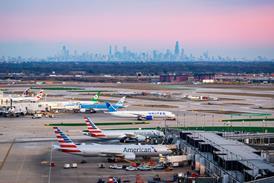The US Air Force is requesting $35 million from the US Congress to continue its light attack experiment in 2019 with the purchase of several aircraft from Sierra Nevada-Embraer and Textron.
Reportedly, the service plans to buy three Sierra Nevada-Embraer A-29 Super Tucanos and three Textron AT-6B Wolverines, although Air Force Chief of Staff Gen David Goldfein said in testimony to the US Senate Appropriations Committee on 13 March that price negotiations are still underway.
Sierra Nevada-Embraer A-29 Super Tucano over Afghanistan

Wikimedia Commons
The USAF is also looking at expanding its light attack experiment to other aircraft beyond turbo propeller types including jet turbine aircraft. And, it is looking at rotorcraft, as well as manned and unmanned air vehicles. A market assessment will also be conducted by an unnamed industry group to size up the demand for various light attack aircraft and weapons systems, says the service.
“We just didn't feel comfortable that we had the right mix of capabilities that was going to attract the partners and allies that we needed,” says Maj Gen. John M. Pletcher, deputy assistant secretary for budget. “The light attack aircraft is all about providing the right mix of capability in a weapons system that would be most attractive to those allies and partners to take on the counter-[violent extremist organizations] mission.”
Light attack aircraft networked with US forces are intended as a cheap way for foreign militaries with small budgets to combat terrorists and insurgents. The ability to exchange information with the USAF or other military branches presumably would allow foreign countries to make use of the USA’s superior intelligence, surveillance and reconnaissance capabilities.
Should the USAF receive the requested $35 million, it will send a detachment of aircraft to Nellis AFB in Nevada to conduct conventional training, says Goldfein. Another detachment would go to Holloman AFB in New Mexico to conduct special operations training. The US Marine Corps plans to attend those sessions, and allies will also be invited, he says.
If the experiment and the market assessment clarify the need for light attack capabilities, the USAF plans to request $400 million between fiscal year 2022 and 2024 for aircraft, says Goldfein.
Source: FlightGlobal.com

























